Creole vs Cajun Food: What’s the Difference and Why Should You Care?
If you’ve ever stared at a menu and wondered whether that gumbo is Creole or Cajun, you’re not alone. These two Southern culinary traditions might look similar on the surface, but they’re as different as hot sauce and pepper spray—both pack a punch, but in very different ways.
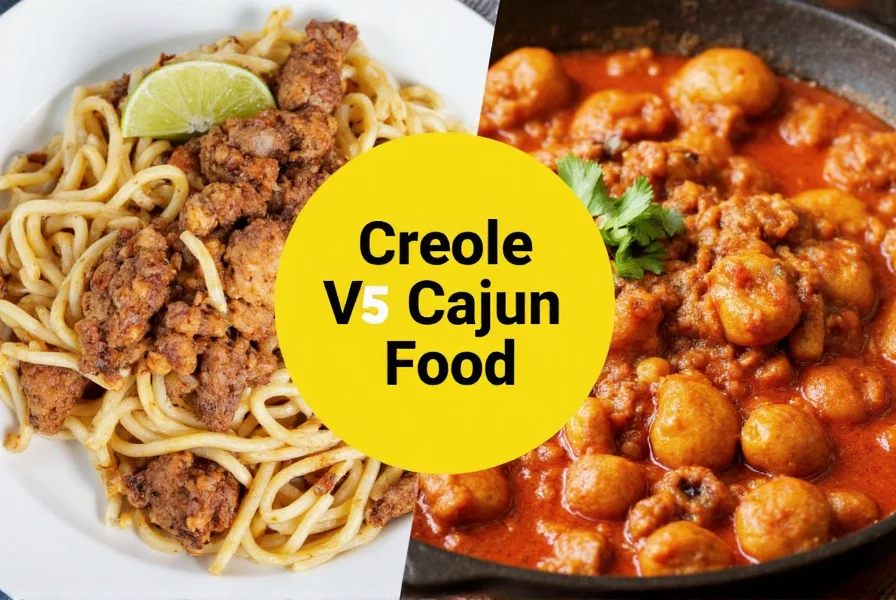
Table of Contents
- Introduction
- Roots of Creole and Cajun Cuisine
- Spice It Up: Key Ingredients Compared
- Classic Dishes from Each Tradition
- Creole vs Cajun: The Ultimate Spice Comparison Table
- Buying Guide: Best Spices for Creole and Cajun Cooking
- Pro Tips for Using These Bold Flavors
- Conclusion
Introduction
Creole and Cajun cuisines both hail from Louisiana, but their stories are worlds apart. One is city-slicker sophisticated, the other is rustic and wild—it’s like comparing jazz to zydeco. Both are amazing, but each tells its own story through flavor and tradition.
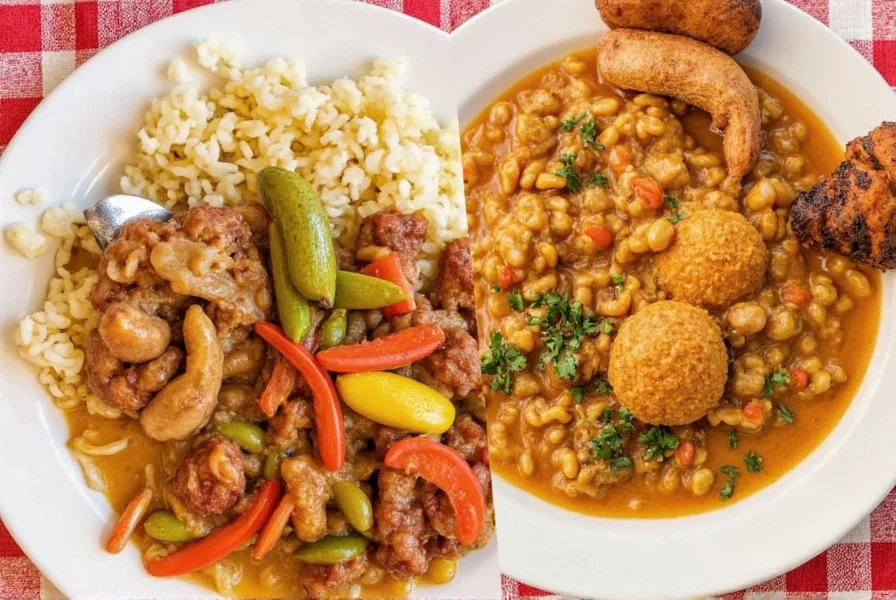
Roots of Creole and Cajun Cuisine
Creole cuisine started in the heart of New Orleans—a cosmopolitan melting pot influenced by French, Spanish, African, and Caribbean flavors. Think elegant sauces, fresh seafood, and tomatoes galore.
Cajun cuisine, on the other hand, was born in rural Louisiana among Acadian exiles (the Cajuns). Their food is all about hearty, one-pot meals cooked over an open fire, heavy on the pork, onions, garlic, and heat.
| Cuisine Type | Origin | Influences | Main Ingredients |
|---|---|---|---|
| Creole | New Orleans | French, Spanish, Italian, African, Caribbean | Tomatoes, seafood, butter-based sauces |
| Cajun | Rural South Louisiana | Acadian (French Canadian), German, Native American | Pork, chicken, onions, bell peppers, celery |
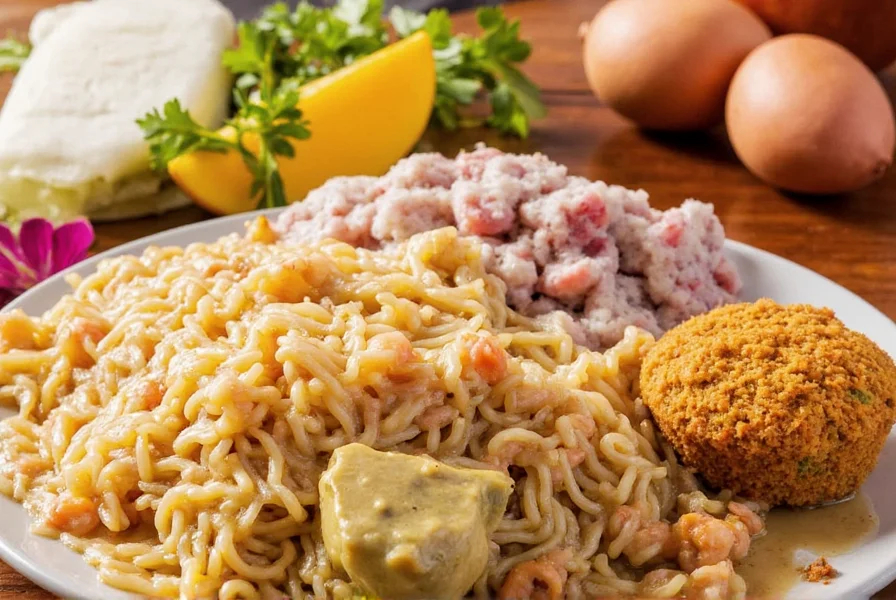
Spice It Up: Key Ingredients Compared
Both cuisines use bold spices, but there's a reason Creole seasoning often comes in a red packet while Cajun is darker and smokier:
- Creole Seasoning: Often includes paprika, garlic powder, onion powder, oregano, thyme, salt, and sometimes cayenne pepper.
- Cajun Seasoning: Tends to be spicier with more black pepper, cayenne, garlic, and smoked paprika.
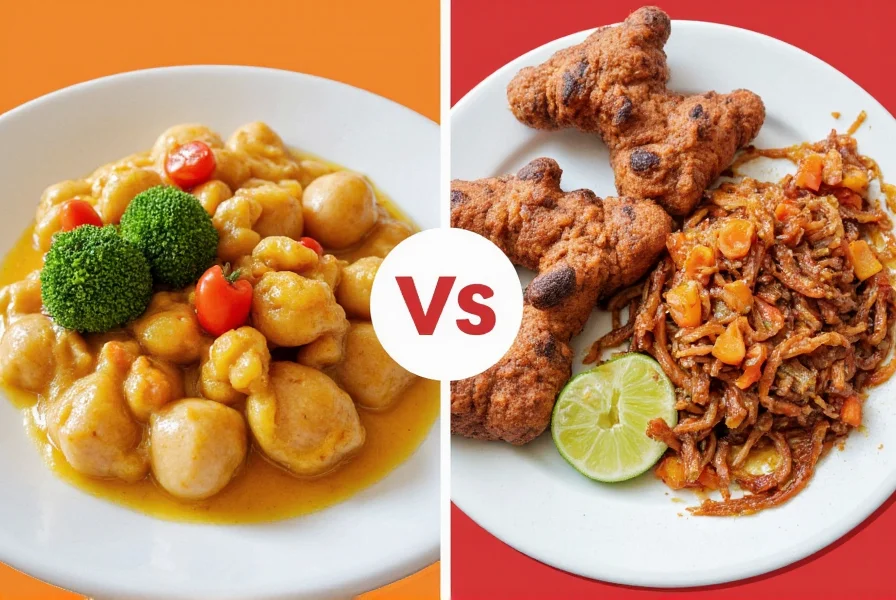
Creole vs Cajun: The Ultimate Spice Comparison Table
| Feature | Creole | Cajun |
|---|---|---|
| Origin | New Orleans | Rural Louisiana |
| Heat Level | Moderate | High |
| Key Ingredients | Tomatoes, seafood, herbs | Pork, poultry, smoky spices |
| Typical Dish | Gumbo with shellfish | Jambalaya with sausage |
| Signature Spice Blend | Savory, herby | Spicy, smoky |
Classic Dishes from Each Tradition
- Creole: Shrimp étouffée, red beans and rice (with tomatoes), gumbo with okra and crab
- Cajun: Chicken and andouille jambalaya, crawfish boil, dirty rice
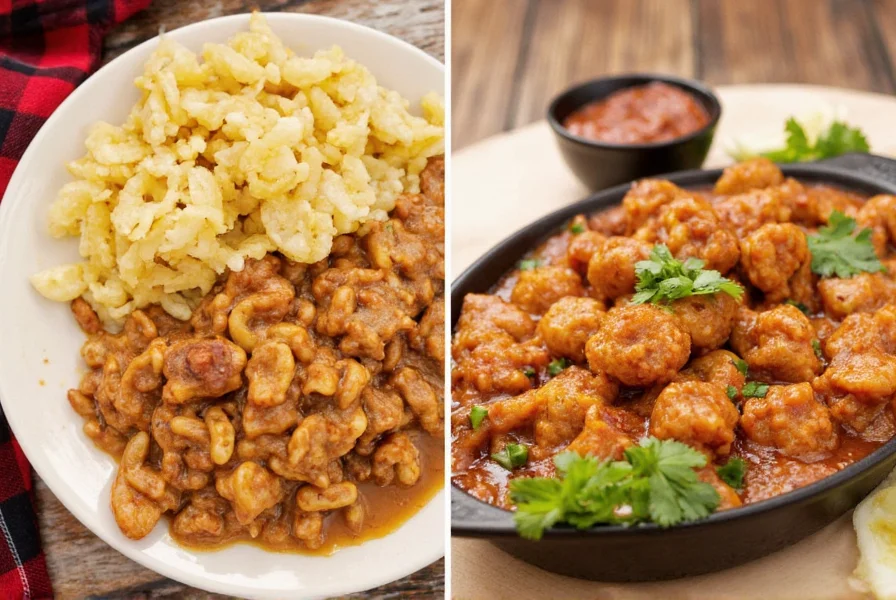
Buying Guide: Best Spices for Creole and Cajun Cooking
Whether you're making gumbo or grilling chicken, the right spice blend can make or break your dish. Here are some top picks:
Top Creole Seasoning Brands
- Old Bay Creole Seasoning
- Features: Balanced blend of herbs and mild heat
- Use Case: Great for seafood, pasta, and stews
- Target Audience: Home cooks, seafood lovers
- Zatarain’s Creole Seasoning
- Features: Strong onion and garlic notes
- Use Case: Ideal for soups and rice dishes
- Target Audience: Families, beginners
Top Cajun Seasoning Brands
- Slap Ya Mama Cajun Seasoning
- Features: Medium to high heat, smoky base
- Use Case: Excellent for meats and grilled vegetables
- Target Audience: Grilling enthusiasts, bold-flavor seekers
- Tony Chachere’s Original Cajun Seasoning
- Features: Signature tangy kick
- Use Case: Perfect for breakfast sausages and fried foods
- Target Audience: Southerners, Creole food fans
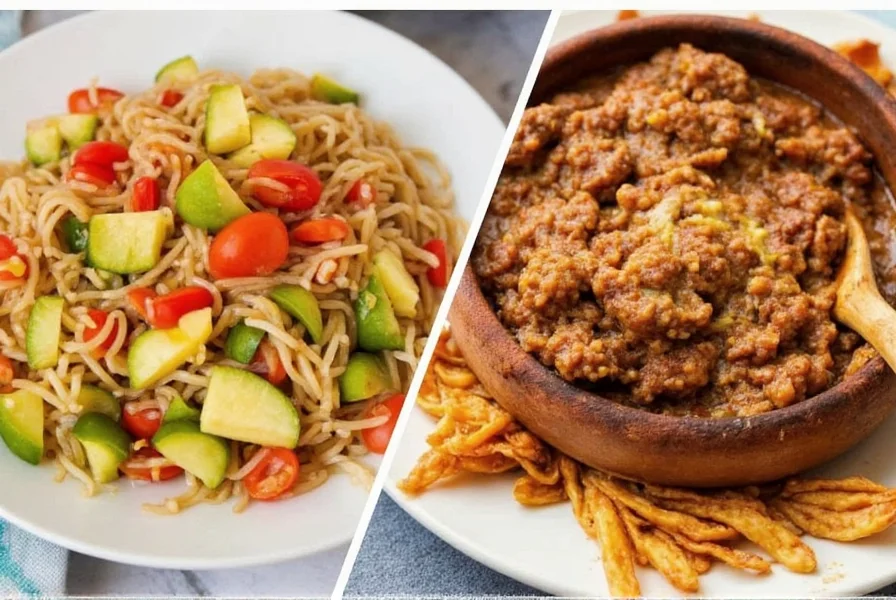
Pro Tips for Using These Bold Flavors
Ready to bring a little Louisiana magic to your kitchen? Try these tricks:
- Don’t Overdo the Salt: Many blends are already salty, so adjust accordingly.
- Build Layers: Use the “Holy Trinity” (onions, bell peppers, celery) as a base before adding seasoning.
- Marinate First: Let meats sit with Cajun seasoning for deeper flavor.
- Kick It Old School: Cook gumbo low and slow for richer flavor.
- Add Fresh Heat: Top with chopped jalapeños or a drizzle of hot sauce at the end.
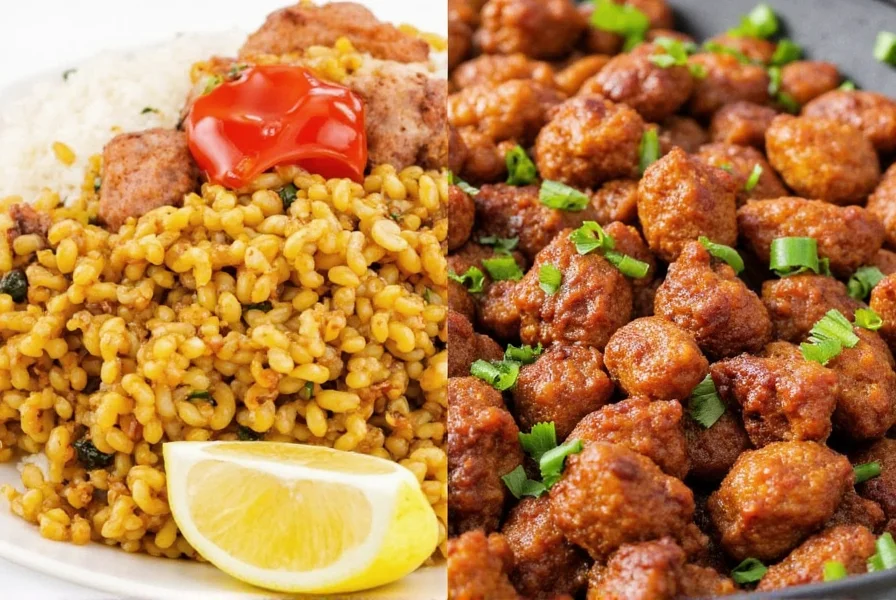
Conclusion
Creole and Cajun cuisines are more than just spicy food—they’re cultural treasures rooted in history, community, and passion. Whether you lean toward the refined elegance of Creole or the wild heart of Cajun, one thing’s for sure: once you go Louisiana, you never go back.
So next time you're reaching for that bottle of seasoning, ask yourself: am I feeling fancy or fiery today?











 浙公网安备
33010002000092号
浙公网安备
33010002000092号 浙B2-20120091-4
浙B2-20120091-4